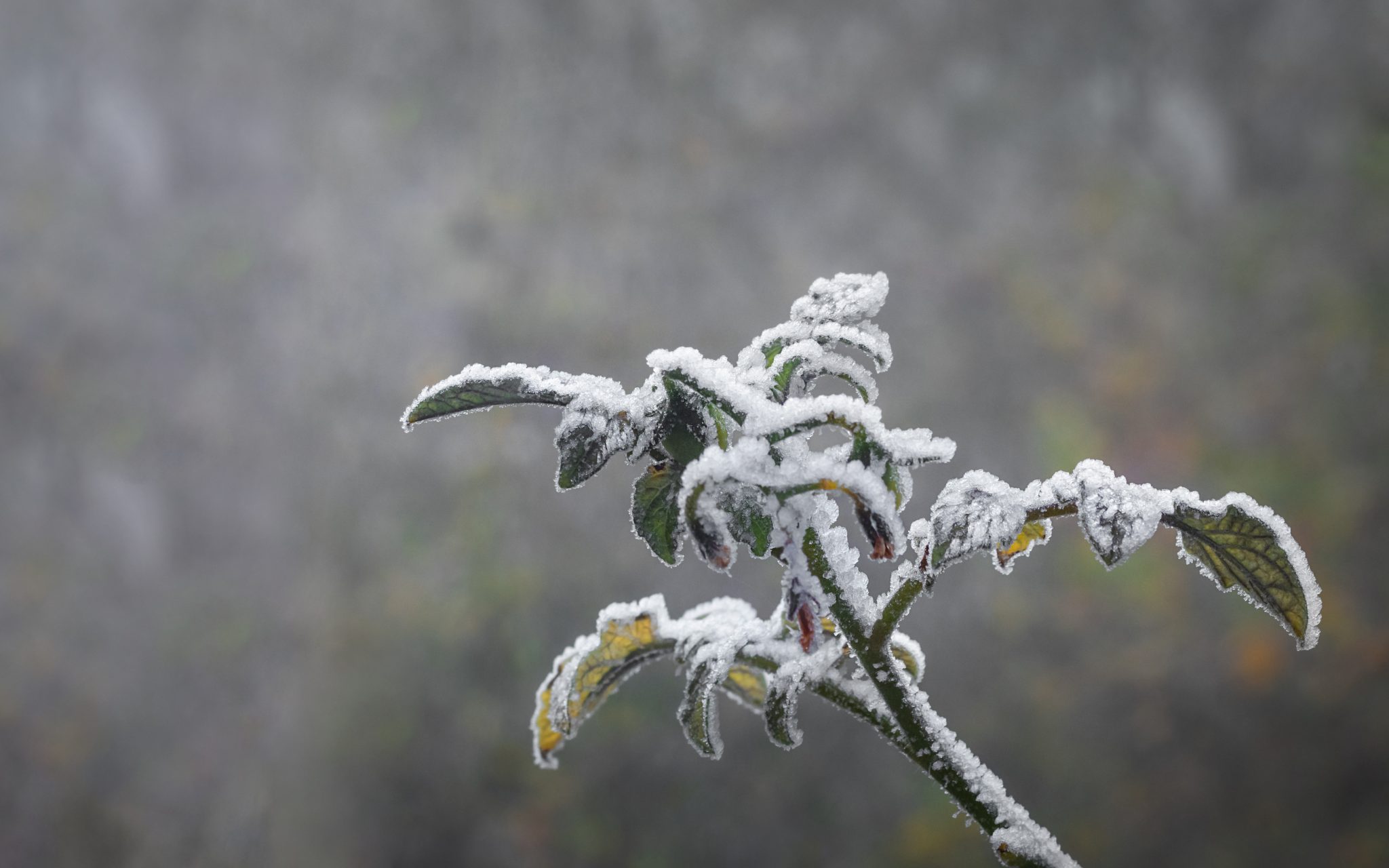Lawn & Garden

As spring starts to bring new life, there are times where frost can be an issue early in the season. This causes many gardeners to worry about their newly-planted gardens as well as their already established trees and shrubs.
What is at Risk of Frost Damage?
Knowing at what temperatures these plants start to see damage can help gardeners plan and prepare to face a frost advisory.
Fruit Trees
When it comes to a fruit tree, the hardiness level of its buds greatly depends on the developmental stage the buds are in. Generally speaking, if a fruit tree has flowered and set its fruit, it should be safe from a light frost. At this stage of development, research has shown that 10 percent of fruit will be killed when temperatures reach 28 °F.
Garden Vegetables
When it comes to garden vegetables, cool-season plants generally handle colder temperatures well. Cool-season plants include vegetables such as peas, lettuce, broccoli, cabbage, onions, carrots, and many others. Some of them can withstand temperatures between 26 and 31°F for a limited amount of time without receiving notable damage.
Warm-season garden vegetables, however, are not as hardy as their cool-season counterparts. Many of these vegetables can start to see foliar damage at 33 °F. These vegetables include ones such as peppers, tomatoes, squash, corn, okra, and others.
Protecting Plants from Frost Damage
There are several things that people can do to protect their plants from frost damage. People may have to get a little creative to protect their plants from cold weather.
A commonly used method is loosely covering the plants with some sort of lightweight fabric, such as a bed sheet. This can add 3 to 5 degrees to the ambient air temperature, which can make all the difference. Cloth material is more effective than using a plastic covering because plastic will transfer more heat. Also, foliage may freeze if it comes in contact with a plastic covering.
When using this method, remember that the goal is to trap the heat from the ground, not from the plant. The following are several tips to follow to protect your plants from a threat of frost:
- Weigh down the material used to cover the plants to prevent the wind from blowing it off the plants. Make sure there are no openings for heat to escape from.
- Make sure the plants are well watered. Plants that are lacking water are more vulnerable to frost damage. Also, wet soil retains heat longer and will slowly release it during a frost.
- For small, vulnerable plants – such as tomato and pepper plants – people can cover them with a bucket, newspaper, or gallon milk carton to protect them. Under extreme circumstances, recently-planted transplants can be dug up, brought inside, and then replanted once the threat has passed.
It is extremely important for people to remove the covering off of plants each morning and temperatures increase. Keeping a cover on a plant that is in direct sunlight can cause heat damage to any new growth.
More Information
Taking the time to perform these measures will greatly pay off in the long run. For more information on protecting plants from frost, contact your county Extension office.

